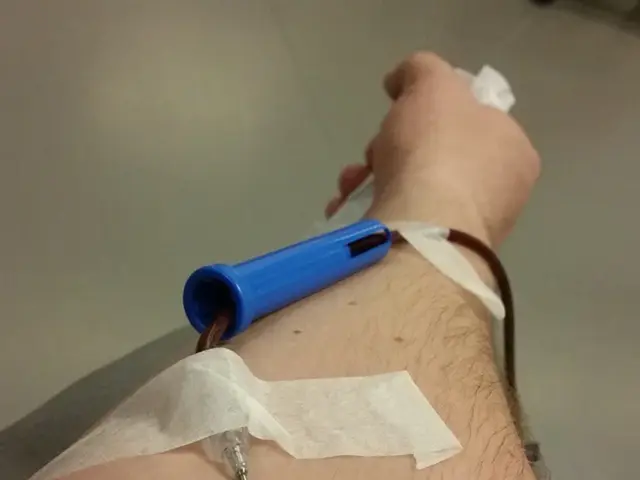Understanding Absence Seizures: Causes, Symptoms, and Treatments
Absence seizures, also known as petit mal seizures, are brief, often unnoticeable episodes that affect young children and, less commonly, adults. These seizures, lasting less than 20 seconds, are caused by abnormal electrical activity in the brain. Doctors diagnose absence seizures through evaluating symptoms, overall health, and using imaging and brain wave scans like MRI and EEG.
Epilepsy, a nervous system disorder, causes seizures, including absence seizures. Doctors categorize and treat different types based on the kinds of seizures they cause. Risk factors for developing absence seizures include age, triggers like hyperventilation or flashing lights, gender, and family history. About 70-80% of children outgrow absence seizures by adolescence.
Antiseizure medications, such as ethosuximide, lamotrigine, and valproic acid, can treat absence seizures. These medications help control seizures and avoid social or academic difficulties. In adults, risk factors include genetic predisposition, brain injuries, infections, neurological diseases, and lifestyle factors like alcohol and drug use. Many cases, however, remain of unknown cause.
Absence seizures, though brief and mild, can occur suddenly and without warning. Precautions to protect the person are crucial. Understanding the disorder, its causes, and available treatments is vital for managing absence seizures effectively.




